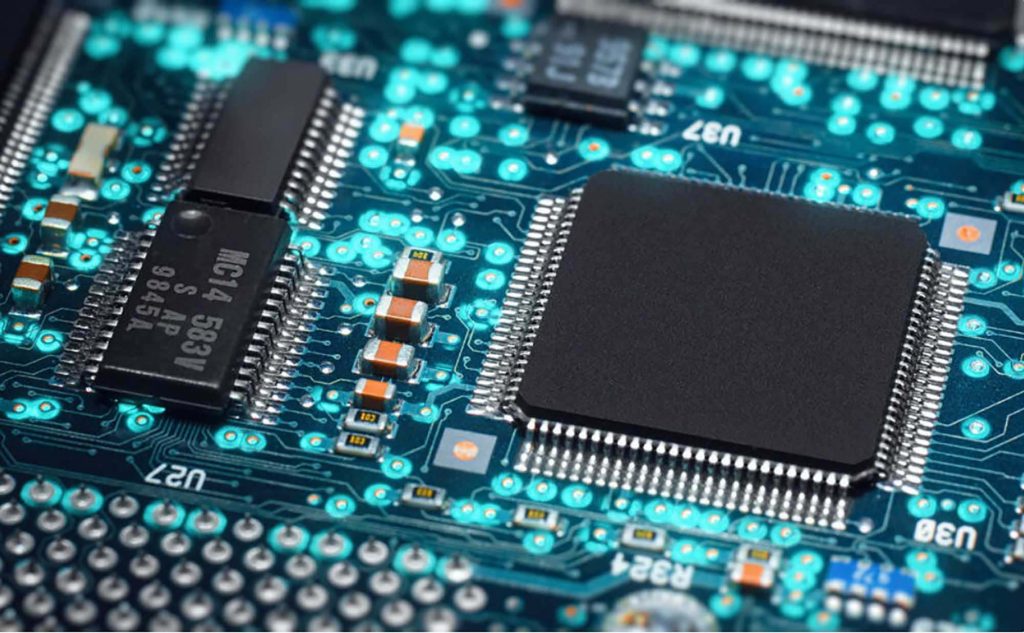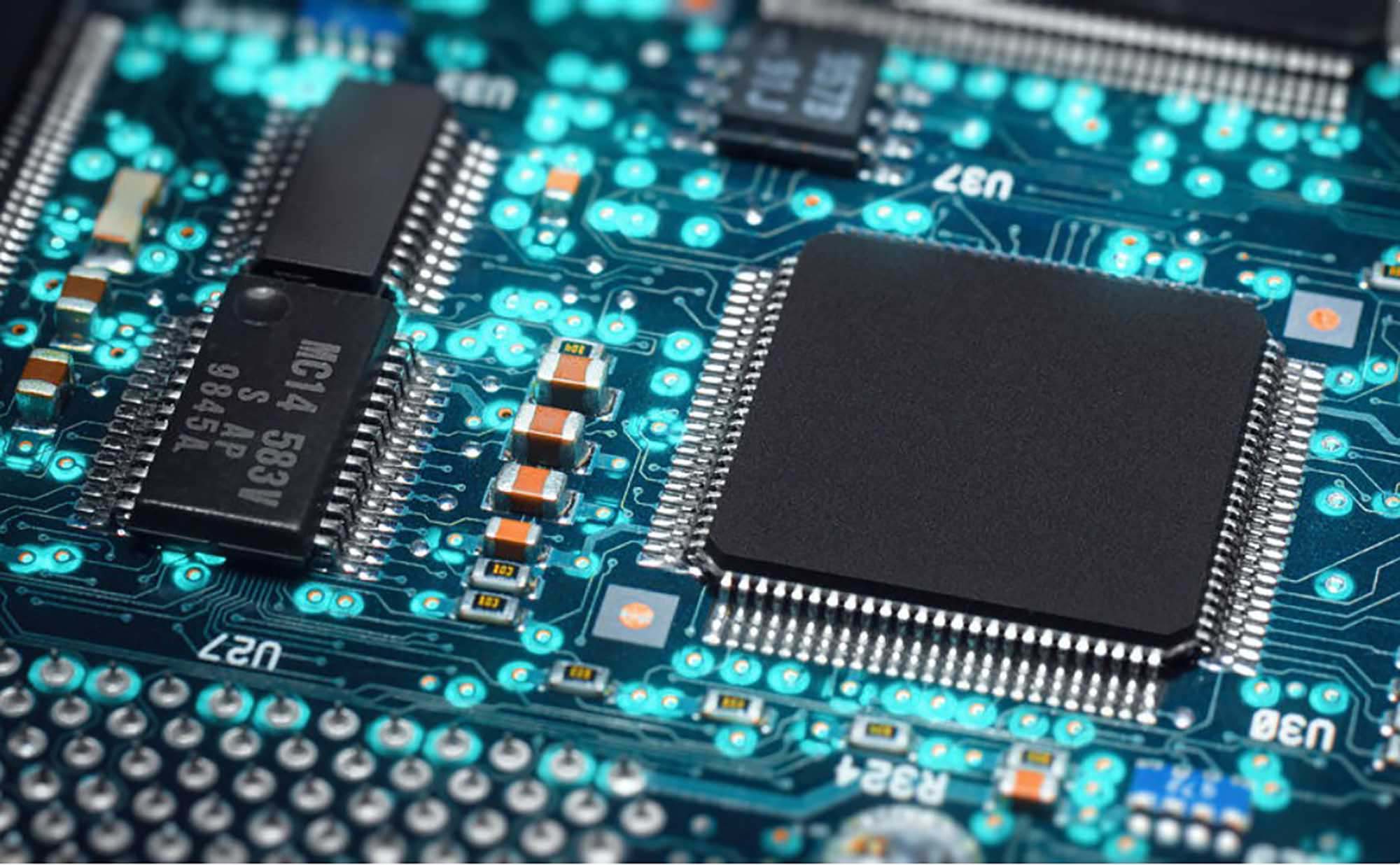In 2022, surging demand for consumer products led to a global chip and component shortage. Manufacturers of products, from computing devices to household appliances to cars and more, were unable to fully source the electronic inputs they needed to develop and finalize products.
Analysts cite numerous causes for these issues, including unexpected and sustained consumer demand, lack of raw materials, insufficient numbers of high-tech, billion-dollar foundries to produce chips, and logistical snags. The shortage has led to situations where production has stalled or been cancelled, or where goods have been only nearly completed, such as new automobiles sitting on lots waiting for chips.
While more chips have become increasingly available at the end of 2022, shortages are predicted to last through 2023. The automotive industry will be by far the worst affected, experiencing shockwaves until 2024.
Shortages Always Occur – It’s Important to Plan for Them
Certainly, the scale of these supply chain issues is new. However, component shortages aren’t. The electronics industry has always suffered from shortages because component manufacturers need to predict demand and plan production runs. While analytics help, they’re not always perfect. And an event such as a global pandemic is inherently unpredictable.
Three Strategies for Protecting Businesses Amidst Shortages
Despite these issues, electronics companies can use three strategies to minimize the impact of shortages on product development and manufacturing.

They are:
1) Search for new solutions: Electronics engineers like to work within their comfort zone, sourcing chips and components they’ve used before. Reusing preferred inputs allows engineers to skip the time-consuming steps of searching for new chips and components to see if they’ll work with their designs.
In this new market reality, however, engineers should begin looking for alternatives the moment they suspect inputs won’t be available. They should increase the scope of component manufacturers they research and follow a second sourcing management strategy to purchase chips and components, protecting their company’s interests.
Digital platforms can provide an automated functionality that connects engineers to millions of chip and component options that are the most convenient and appropriate. There’s no need to conduct lengthy online searches or read data sheets.
CELUS has created an Engineering Platform specifically calibrated for this purpose, increasing businesses’ resilience and flexibility during their design processes.

2) Document and reuse work: Engineers can use digital platforms to create and store intellectual property, preparing them for reuse. The platform can store intellectual property and generate a full set of design documentation that engineers can provide to contract manufacturers.
With the time savings they experience by automating design and chip and component sourcing, engineers can also choose to create alternate designs in minutes, optimizing them for specific requirements. In the event that inputs aren’t available, engineers have other options that are ready to go.
3) Use Engineering Platforms: Electronic engineers can now use new software to discover new chips and components, determine their usability for key applications, and create and regenerate boards. This seamlessly connects engineers and internal partners, such as business approvers and procurement, with data and digital workflow.
Engineers can easily conduct an early feasibility analysis of designs, source inputs, seek reviews and approvals, and develop printed circuit boards. Smart algorithms can be used to design the ideal placement of components, ensuring boards will perform as expected.

Increase Agility with Automated Processes
As the chip and component shortage drags on, teams at electronics companies are looking for new solutions to avoid being held hostage by issues they can’t control.
Electronics engineering teams can implement these three risk mitigation strategies today. They can search for new solutions, document and save their work, and develop alternate designs. And providers such as CELUS can help them get there.
Electronics engineers benefit by working more efficiently and increasing the pace of innovation. Businesses are able to capture market demand and increase operational resilience. As a result, these companies are better able to develop new products, keep production on target, and drive revenues and profitability in all market conditions.
Autor: Tobias Pohl, CEO of CELUS.


